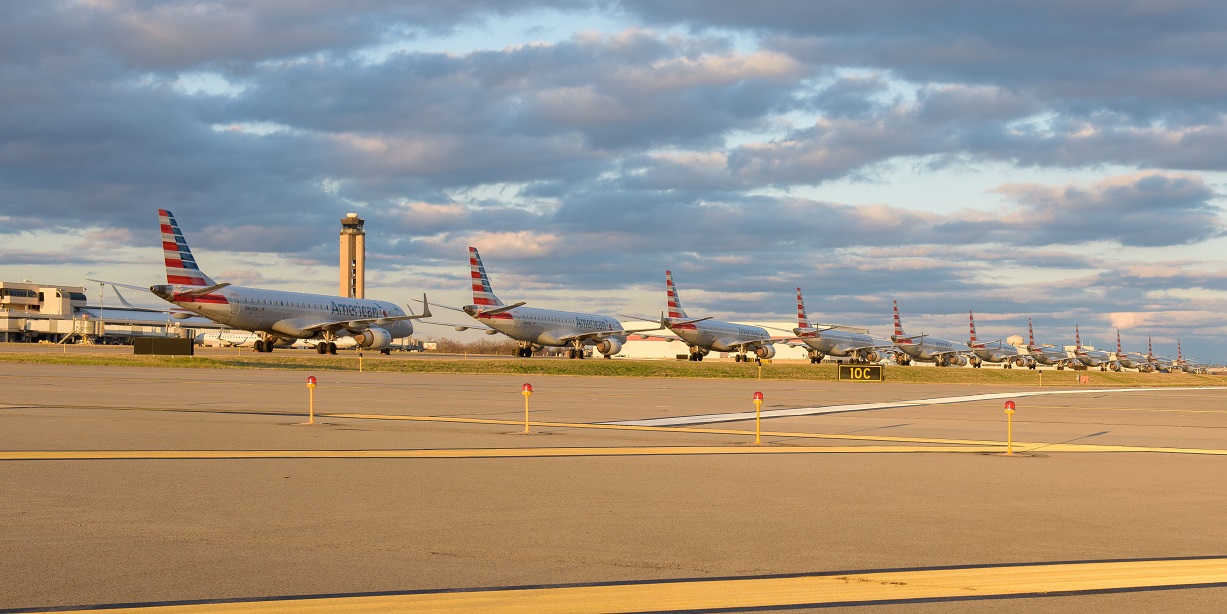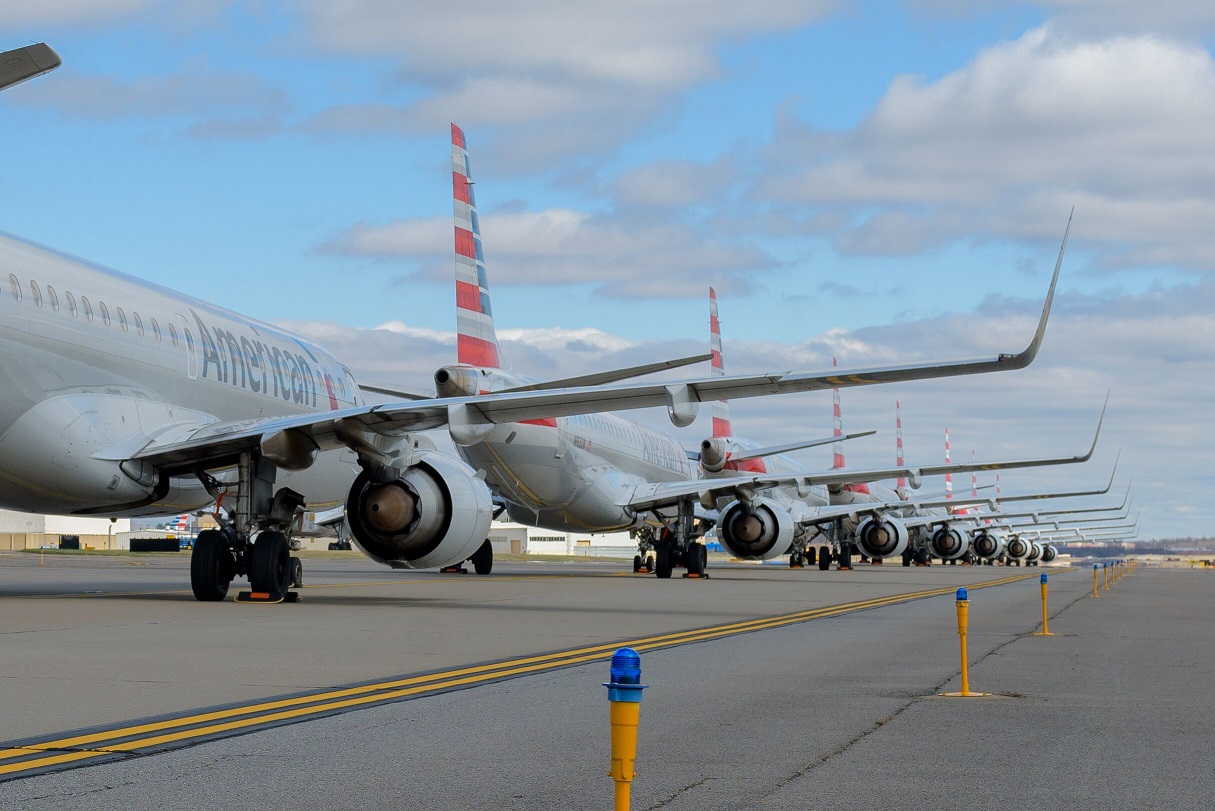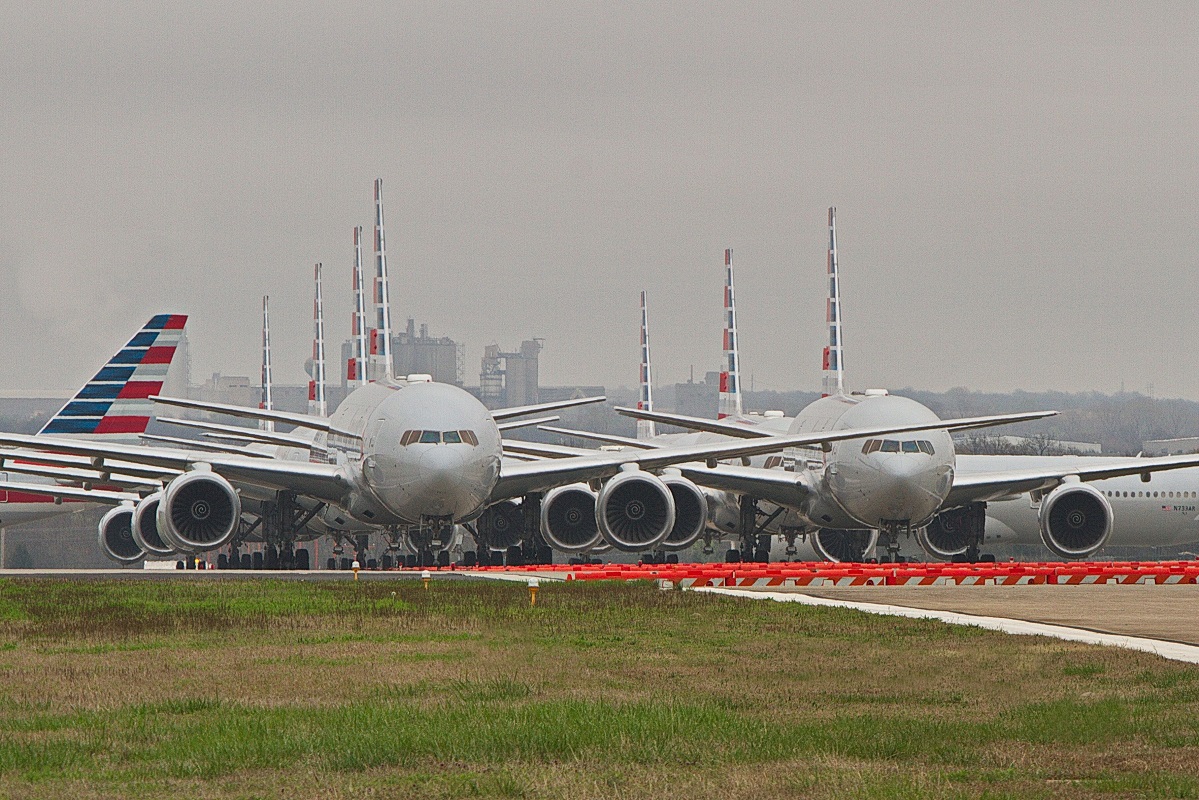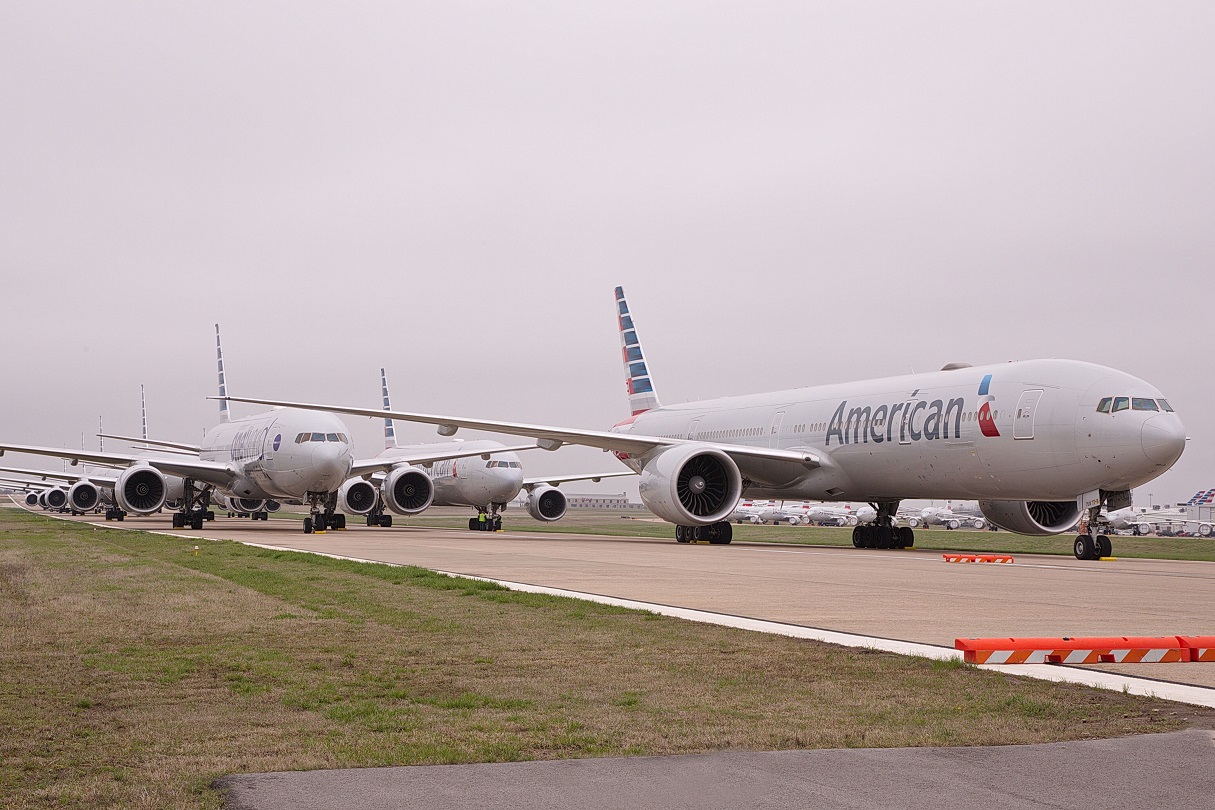With American Airlines planes parked across many of their destinations, the airline is downsizing. Even operating a limited schedule nearly 80% of seats have been empty.
In addition to smaller groundings, American’s aircraft are currently on the ground in four primary clusters:
- Tulsa: Boeing 737 and 737 MAX 8; 757; 777-200; 777-300ER; 787-8; 787-9
- Pittsburgh: Airbus A320; A321; A330; Embraer E-190
- Roswell: Boeing 737; 737 MAX; 757; 767; 777-200
- Mobile: Airbus A321; Boeing 777-200
It’s a terribly sad sight to see, although amazing at the same time. With travel restrictions and a drastic drop in demand, many of these aircraft won’t be needed for some time. Even if people start flying again – slowly – in a few months there’s just not going to be a need for nearly as many aircraft as the large airlines operated before the novel coronavirus largely shut down the airlines.
While Boeing 757s and 767s will see an accelerated retirement, and there’s no longer any reason to delay putting the Embraer 190s out to pasture, the viability of the small Airbus A330-200 and -300 fleets are called into question as well. Hopefully the value of these planes in the future will be carrying us from place to place, and not for their engines and parts.
Here’s what it looks like on the ground at Pittsburgh, which was once a US Airways hub sending planes in and out throughout the day.

Planes Parked in Pittsburgh, Credit: American Airlines

Planes Parked in Pittsburgh, Credit: American Airlines
And here’s the situation on the ground in Tulsa.

Planes Parked in Tulsa, Credit: American Airlines

Planes Parked in Tulsa, Credit: American Airlines
This doesn’t represent all of the aircraft that American Airlines has out of service, however. The airline continues to retrofit domestic narrowbody aircraft with new interiors. They are, effectively, taking taxpayer bailout money to squeeze more seats, that have less padding, into their planes. At a time when they lack revenue to pay bills, they’re spending money to add seats to planes they aren’t likely to fill this year. Astonishing, but also what you’d expect from an airline being partially-nationalized.


I mentioned this before, Gary, but if they are going to replace the interiors at some point, isn’t now the perfect time to be doing so, while the plane is out of service? Should they wait until planes are packed again to try that?
Also, are they keepingmost/all of the A319s flying? I don’t see them listed on your chart, but it would make sense that the smallest mainline aircraft (outside of the retiring E90s) are still flying in full force.
Most a319’s are still flying out of phx on routes that used to be served by 737 and a321s. I expect the new AA to come out with the following fleet this fall:
A319; 737-800/-8M; A321; 787; 777. I suspect some of the 757I will be around until more A321 Neo’s can take over some of those routes
Gone are:
A320; A330-200/300; 757 D; 767; 190’s and likely CRJ200 and ERJ140s
This would get AA back to a simplified fleet (like the heydays of the 90’s) much sooner and should drive down costs. DL and UA have too many old plans and the wrong size of planes. AA long term vision might work out well in the short term.
I can’t help but see all of those planes sitting in Tulsa as tornado bait, especially this time of year.
Having worked in the auto industry in 2008, I can say that this isn’t anywhere close to either what happened there, or “partial nationalization”. Non-voting warrants are just another way to securitize debt and make it senior to existing debt without a vote of the senior debt holders. (Whether that is fair or not is another matter — I suggest that this is part of the risk one assumes by buying airline debt instruments.).
@Ben – to run 4 mro oasis lines they only need 4 planes out of service, not the whole fleet, they can easily do this in winter and will have no problem doing it over the summer either since demand will remain light – they are burning cash now on capital expenses for something they at best arguably might benefit from a couple of years from now, when they could just as easily do it later, that’s insanity in the current environment.
Gary, do we think coming out of this mess that people are going to fly in a packed main cabin ? I think not, just a feeling that flying in packed as defined by Parker’s view, no one is really going to do this for awhile.
@Mike P
*Ding Ding Ding*
Looks like AA’s going to be getting a windfall in insurance payments on planes they no longer have a use for, and won’t for a while to come.